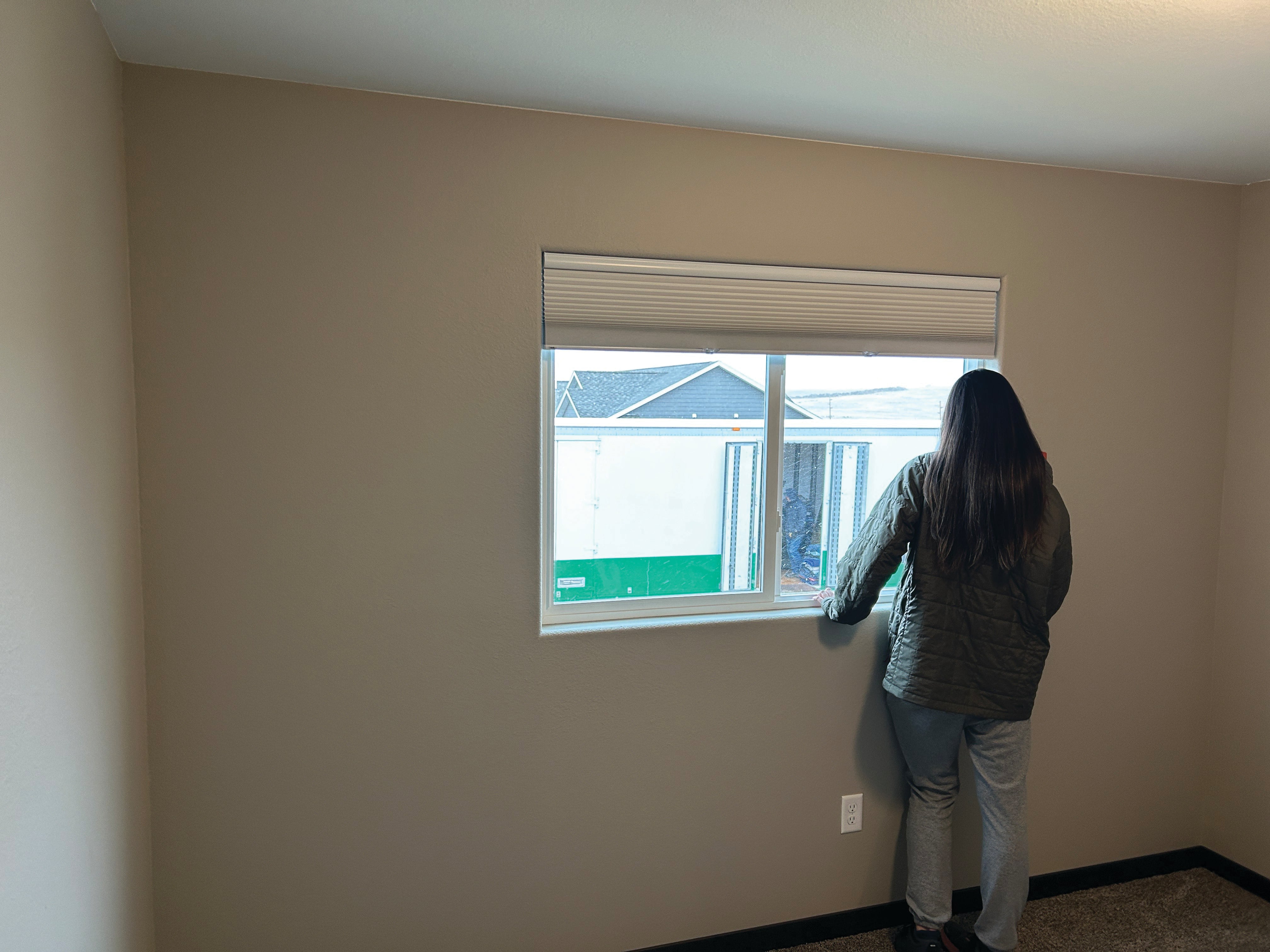The Marines are looking for a quicker way to see better in the dark to fill a short-term need while they wait for the Army’s advanced version of night vision devices.
A recent Marine Corps Systems Command request for proposal wants to see what industry might offer by way of binocular night vision as part of the Corps’ Squad Binocular Night Vision Goggle interest.
According to the posting, the SBNVG “consists of a binocular image intensifier night vision goggle, with a modular uncooled thermal imaging sensor, and associated external power supply and helmet mounting system.”
The notable portion being the “binocular” aspect of the NVG, which gives users better depth perception and wider-scale visibility.
RELATED

But at the same time, the Army has been developing, and is soon to field, its own version, called the ENVG-B, or Enhanced Night Vision Device-Binocular.
That program will first field a monocular, version three, advanced night vision device to soldiers early next year, with the binocular version hitting units by next fall. An estimated 10,000 pairs of the ENVG-Bs will go to soldiers over a three-year period ending in 2021, said Brig. Gen. Anthony Potts, head of Program Executive Officer-Soldier.
The Marine Corps is scheduled to receive 3,100 pairs of the Army’s ENVG-B over the same period.
The reason for the recent posting is for the Corps to have an “interim” solution so that Marines can work with better night vision as they await the Army’s fielding, said Barbara Hamby, Marine Corps Systems Command spokeswoman.
Whichever company wins the interim contract will be expected to produce the systems quickly.
“The Contractor shall be capable of delivering no less than 20 complete systems within 30 calendar days, 650 complete systems within 120 calendar days and a total of 2,000 complete systems within 12 months after contract award date. After the first 12 months of deliveries the contractor shall be capable of delivering no less than 2,000 complete systems every 12 months until contract completion,” according to the posting.
The Army is doing more than simply making it easier to see at night. Its larger program will incorporate a parallel program known as Family of Weapons Sight-Individual, and advanced versions of a data and location display known as Nett Warrior.
The long-term effort will put that feed into the sight line of the NVG wearer that will provide both daytime and nighttime optics with unit and enemy position and weapon sight, targeting capabilities in view.
Think of the displays fed into an attack helicopter pilot’s helmet, but for infantry.
The shooting aspect is a feature that’s been showcased to media at Fort Belvoir, Virginia in recent years known as “Rapid Targeting Acquisition.” It allows the shooter to use cameras on the weapon, linked wirelessly to the display, which means a shooter can fire from the hip, see through smoke and shoot around corners without exposing themselves.
ENVG-B testing showed major improvements in small-scale testing, said Army Brig. Gen. Dave Hodne, director of the service’s Soldier Lethality Cross Functional Team and Infantry School commandant.
Shooters using the ENVG-B saw 100 percent improvement with M4 carbine qualification, 300 percent improvement on detecting targets, and a 30 percent to 50 percent decrease in time to employ their weapon.
Todd South has written about crime, courts, government and the military for multiple publications since 2004 and was named a 2014 Pulitzer finalist for a co-written project on witness intimidation. Todd is a Marine veteran of the Iraq War.



